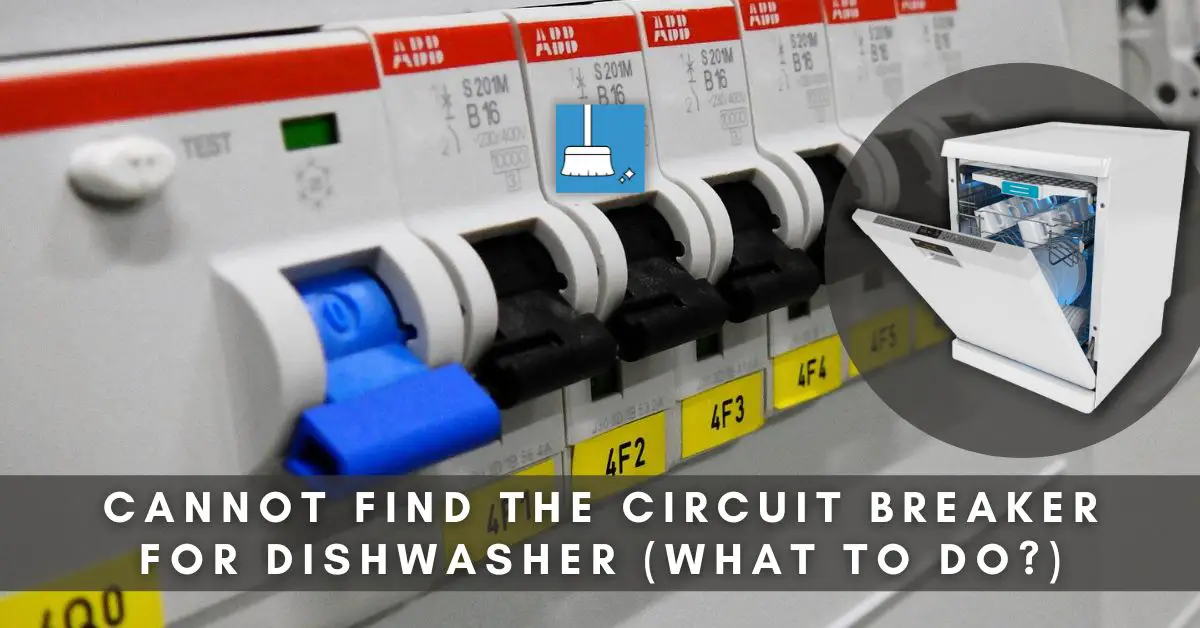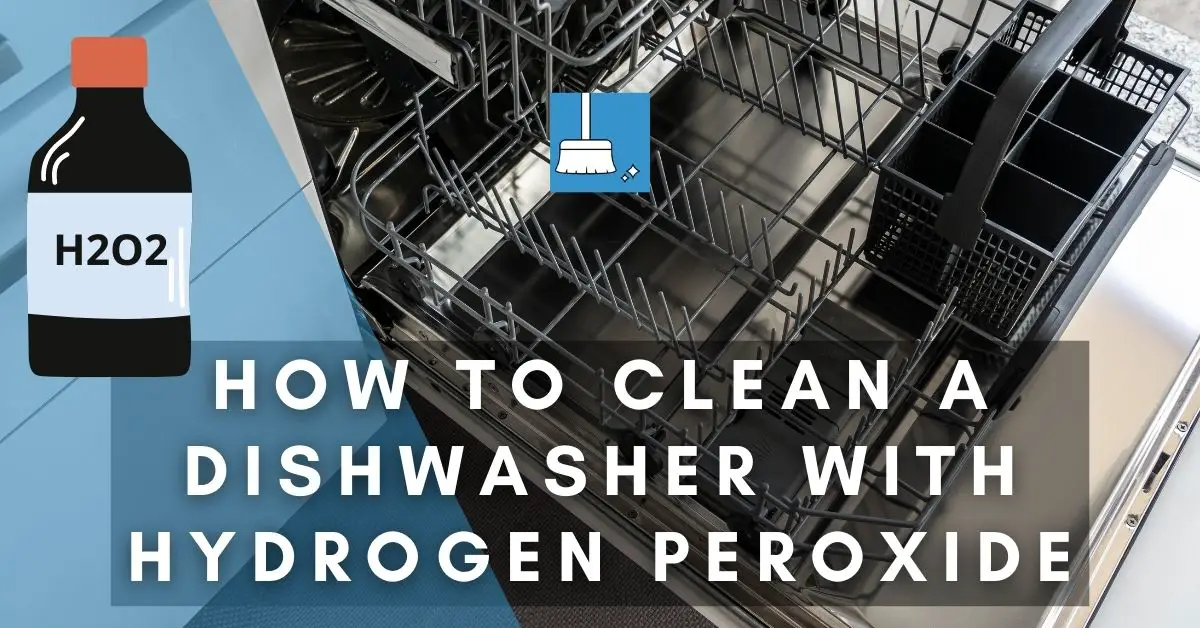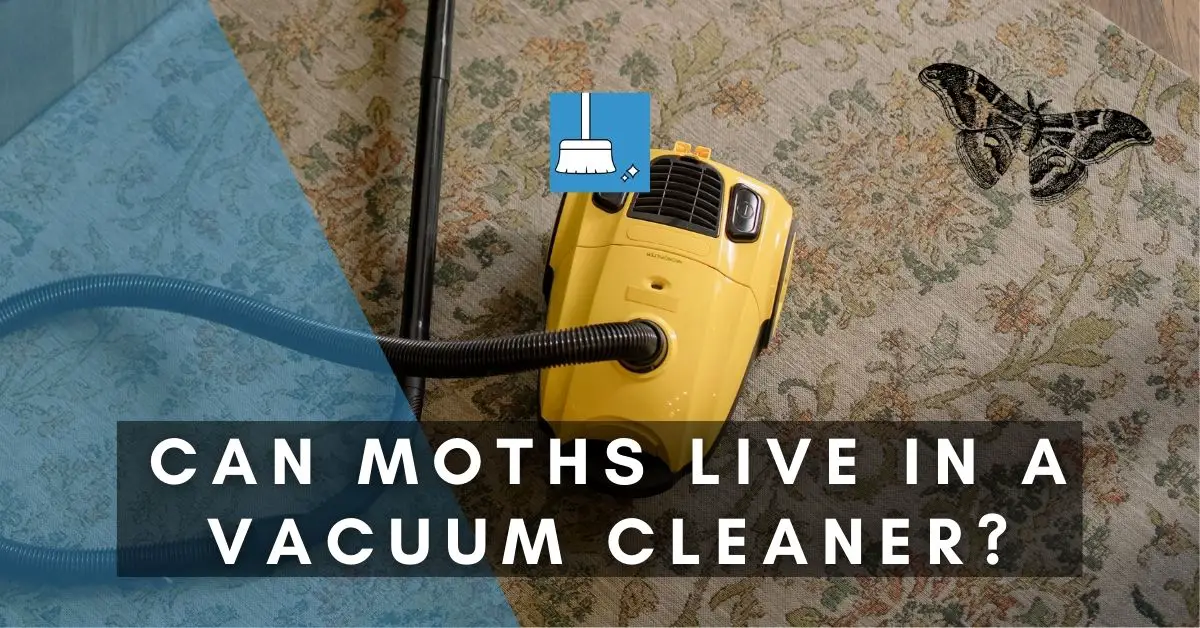Your dishwasher is hardwired to the house. There can be certain instances where you need to disconnect the power supply to the dishwasher, such as when it needs to be repaired or moved.
In such cases, you will need to locate the circuit breaker for the dishwasher to switch it off. This means you need to locate the electrical panel of the house and check the circuit breakers.
If you are not familiar with how to go about this, read on to find out how to locate the dishwasher’s circuit breaker and how to disconnect the power supply to the dishwasher.
Cannot Find the Circuit Breaker for Dishwasher (What to do?)
Dishwashers that are hardwired have their dedicated circuit. This means that the dishwasher’s breaker cannot be used to supply power to any other appliance, lights, or outlets.
Circuit breakers are found in an electrical panel in the house. It is important to identify the circuit breaker for a dishwasher so that in case of repairs, it can be switched off immediately.
This article will guide you in locating the circuit breaker specific to the hardwired dishwasher and how to reset it.
Components of the Electrical Panel
The electrical panel houses the circuit breakers. This panel is a metal box that is built into the wall and closed with a lid or a small door. It is found in an out-of-the-way area of your house.
The main power supply line to the house is connected to the electrical panel, which then distributes the currents to specific areas in the house.
• The main breaker – within the electrical panel is the ‘main’ breaker, which is a double pole circuit breaker. The main breaker switches the power ‘on’ or ‘off’ all the circuits in one go. It is usually located on the top.
• Circuit breakers – there are many breakers, each controlling a specific area or room in the house. Different circuit breakers handle different levels of amps, ranging from 15 – 200 amps.
The circuit breakers should be labeled to indicate the room, area, or appliance they are controlling.
How to Find the Circuit Breaker for the Dishwasher?
If the circuit breakers are not labeled, you will need to trace the connections and label each circuit breaker correctly.
If the circuit breakers are not labeled, take the following steps (you will need somebody to help you):
STEP 1: Switch ON all the lights, devices, and small appliances in the house.
STEP 2: Turn off the first circuit breaker in the panel. You will need to check which appliance or light has turned off.
STEP 3: Put a label near that circuit breaker and write down which area, room, or appliance It connects to.
For the appliances, lights, lamps, rooms, and areas which have been checked and identified by that circuit breaker, you can put a sticker on them to indicate that they have been covered.
This will make sure that every item which uses power has been identified with a circuit breaker.
STEP 4: Repeat the process with the next breaker and start switching on the larger appliances.
STEP 5: Each circuit breaker will indicate the amps. This will help indicate the appliance it is connected to. Dishwashers use 15 – 20 amps with a single-pole circuit breaker.
STEP 6: Once most of the circuit breakers are identified, check the one with the 15 or 20 amps. Switch on the dishwasher and switch off the first circuit breaker with that amp.
Check the dishwasher to see if it has turned off. Repeat this process if necessary to find out which circuit breaker belongs to the dishwasher.
If the circuit breaker for the dishwasher cannot be located, there could be a sub-panel of circuit breakers. A sub-panel is a smaller electrical panel that provides power to specific areas in the house.
The sub-panel is usually in another part of the house. Once you locate it, repeat the process as above to identify the dishwasher circuit breaker.
Make sure to label all the circuit breakers and double-check that every item which uses power has been covered by one of the circuit breakers.
When writing on the labels, do not identify the rooms with people e.g., do not write Mary’s room. You can indicate it as room 1 or room 2 and draw a small map to indicate which those rooms are. This will help future homeowners to identify the areas to their corresponding circuit breakers.
Can the Dishwasher and Garbage Disposal Be on the Same Circuit?
The NEC requires dishwashers to have their own dedicated circuit. This is to avoid overloading the electrical system of the house. Electrical overloads can cause serious damage and fire as well. The circuit breaker for a hardwired dishwasher must be at least 15-amps.
If you put the dishwasher and the garbage disposal on the same circuit, you could violate the codes. Check your local area codes if it allows both appliances to be on the same circuit.
This does not mean that the dishwasher and garbage disposer cannot be on the same circuit. If you do put them on the same circuit, note the following:
- Ensure that the amperage of both does not exceed 80% of the total circuit amperage.
- The total amperage of the circuit should be 20 amp
It is risky to run both appliances at the same time. Typically, a dishwasher uses 15 amps, and a garbage disposer uses between 15-20 amps. Running both appliances at the same time will most likely use over 80% of the total circuit amperage, resulting in tripping.
However, if you cannot change the circuits and both appliances share a circuit, run the garbage disposal before running the dishwasher (since you will be clearing the dishes and utensils and disposing of food particles in the garbage disposal before you load the dishwasher).
It is advisable for both appliances to have their own dedicated circuit, to avoid any mishaps.
How Do I Turn Off the Power to My Dishwasher?
When it comes to power supply, there are 2 types of dishwashers:
1- Hardwired dishwashers
2- Cord and plug dishwashers
For a cord and plug dishwasher, the power outlet should be near or under the sink. To turn off the power, simply unplug the dishwasher cord from the receptacle.
To switch off a hardwired dishwasher, do the following:
1- Locate the electrical panel
2- The circuit breaker for the dishwasher should be labeled. Turn the circuit breaker to the off position. Before touching anything, make sure your hands are dry.
3- Double-check to make sure that the dishwasher does not switch on.
Circuit Breaker Dishwasher Reset
The dishwasher’s circuit breaker sometimes needs to be reset. This is because the dishwasher trips the circuit breaker. This can be due to an electrical component malfunctioning in the dishwasher, as stated above (what to do if the DW keeps tripping the circuit breaker).
To reset it, simply flip the circuit breaker switch back to ‘on’. A tripped breaker will have automatically flipped to the ‘off’ position.
If it has not fully flipped to the ‘off’ position, first flip it off and then flip it back on. The dishwasher should be able to function again.
If the dishwasher trips the circuit breaker again, you will need to locate and fix the source of the problem before resetting it.
What to do if the Dishwasher Keeps Tripping the Circuit Breaker
If the dishwasher keeps tripping, you will need to check certain things:
• Check the heating element in the dishwasher. If it is damaged, it could either use up too much power, causing a trip. It can also short circuit, which also causes a trip.
• Every dishwasher has a control board. Control boards can get damaged due to heat and humidity in the machine, thus causing it to trip.
• If the dishwasher is plugged into a GFCI, and the GFCI is tripping, then the issue is with the dishwasher.
Monitor the cycle and note when the dishwasher is tripping the breaker. If it trips at a certain point in the cycle every time, it is possible to identify which component is causing the trip.
Circuit Breaker Finders
Circuit breaker finders are gadgets that help to match a particular appliance or light to its corresponding circuit breaker in the electrical panel. Mapping out the circuit breakers to the areas in the house which use power can take a lot of time and requires assistance. The circuit breaker finder will make this process much easier.
How to use the circuit breaker finders:
The finders have 2 parts
a) Transmitter – this is plugged into a wall outlet
b) Receiver – this picks up the signal for that specific circuit breaker (it is battery operated)
STEP 1: Start room by room. Plug the transmitter into a wall outlet. The transmitter should light up. The receiver should beep to indicate that it has picked up the signal from the transmitter.
STEP 2: Open the electrical panel and slowly go over the circuit breakers (the sensor tip should face the breakers), until you hear a beep. Most finders will beep and light up. To confirm which circuit breaker has picked up the signal, go over the circuit breakers twice. Switch off the one that beeps.
STEP 3: Go back to where you had plugged in the transmitter. The light should be off, indicating you have found the correct circuit breaker.
STEP 4: Make notes of the outlets which have been matched to their circuit breaker. You can indicate this on a mapping of the house which shows the outlets, lights, and appliances with their corresponding circuit breaker. You can number the circuit breakers and indicate the matching number on the wall outlets and appliances for future reference.
STEP 5: To match lights, use a light socket adapter that can be plugged into the lights to identify their corresponding breaker.
To match the corresponding breaker to the dishwasher, you can use alligator clips (these come with most of the circuit breaker finders) to attach to the wire that feeds the dishwasher.
Circuit breaker finders are used on 120-volt circuits. Circuit breaker finders also come with a GFCI tester to test GFCI devices.
Final Thoughts!
A dishwasher should have its own dedicated circuit to avoid any accidents and hazards.
It is also a good idea to map out the circuit breakers with their corresponding lights or appliances. Label the circuit breakers clearly for future reference and future homeowners. Use a circuit breaker finder as it will make the process much easier.
Do not have the dishwasher and garbage disposal on the same circuit. If you are unsure of any electrical matter, hire an electrician.





